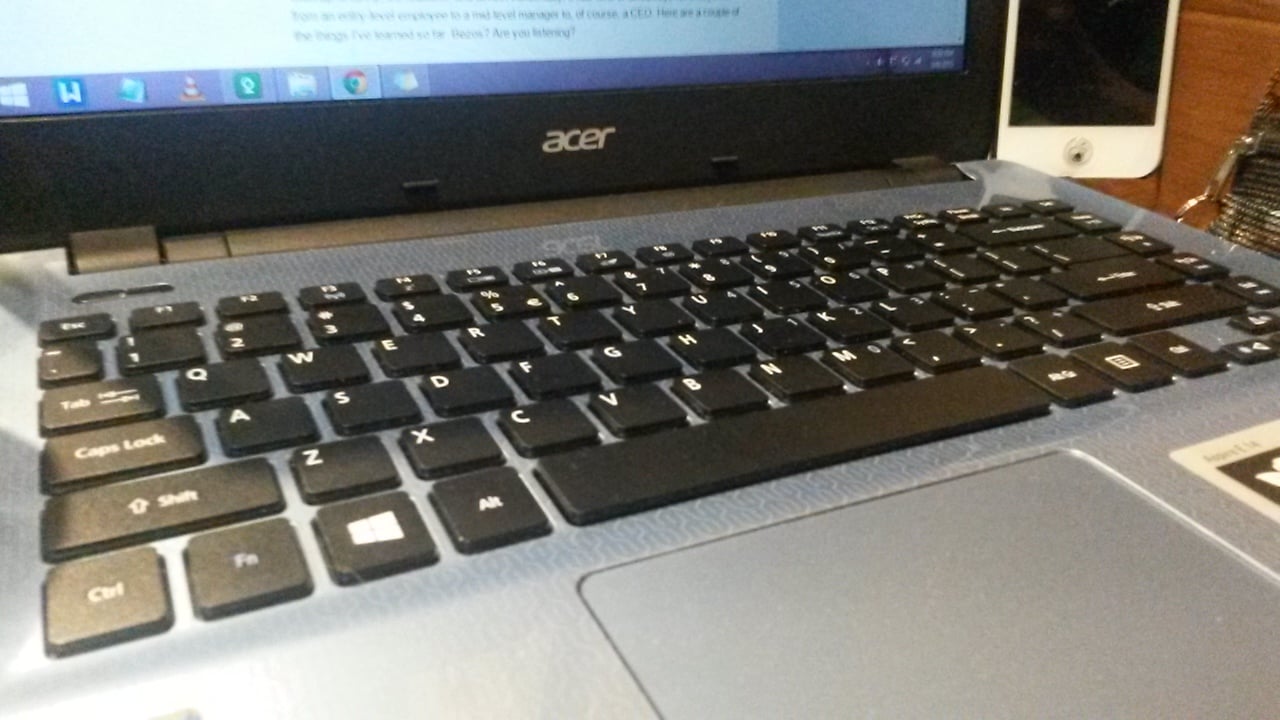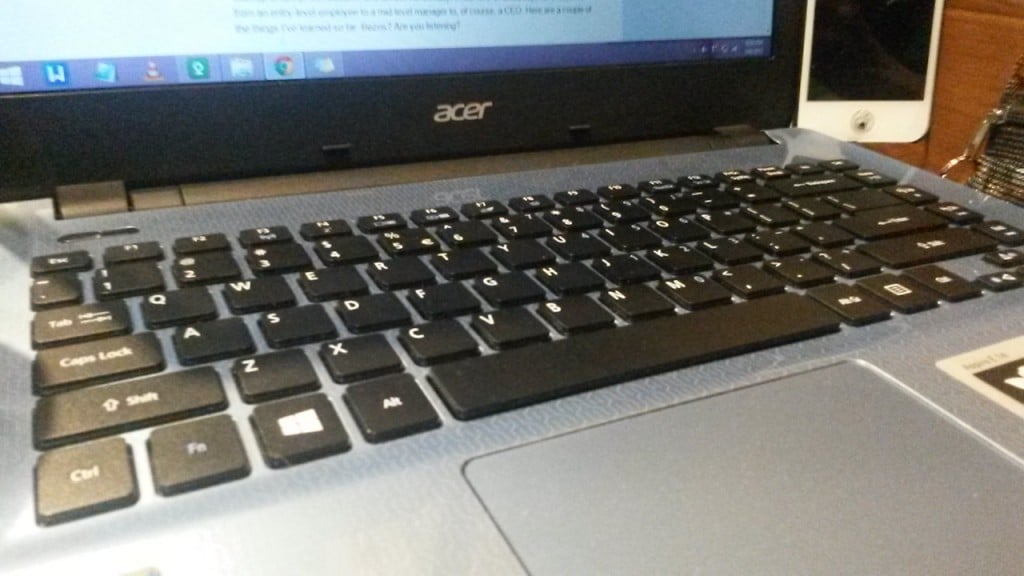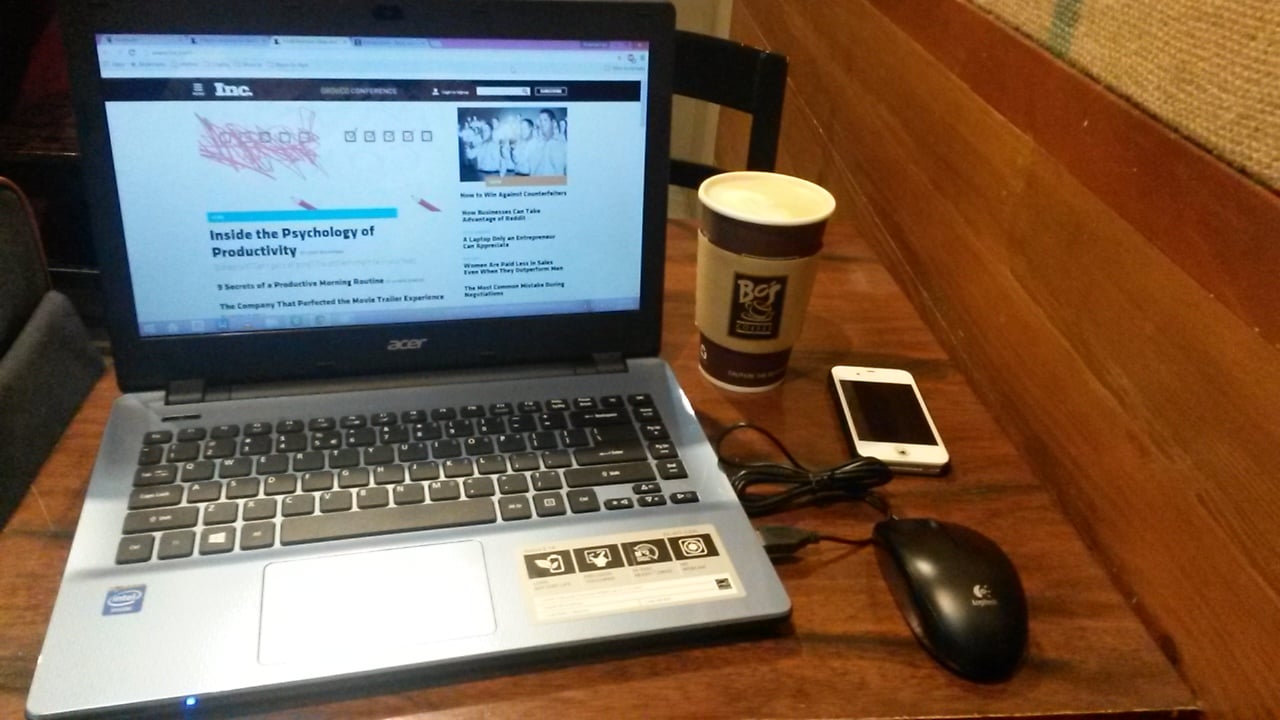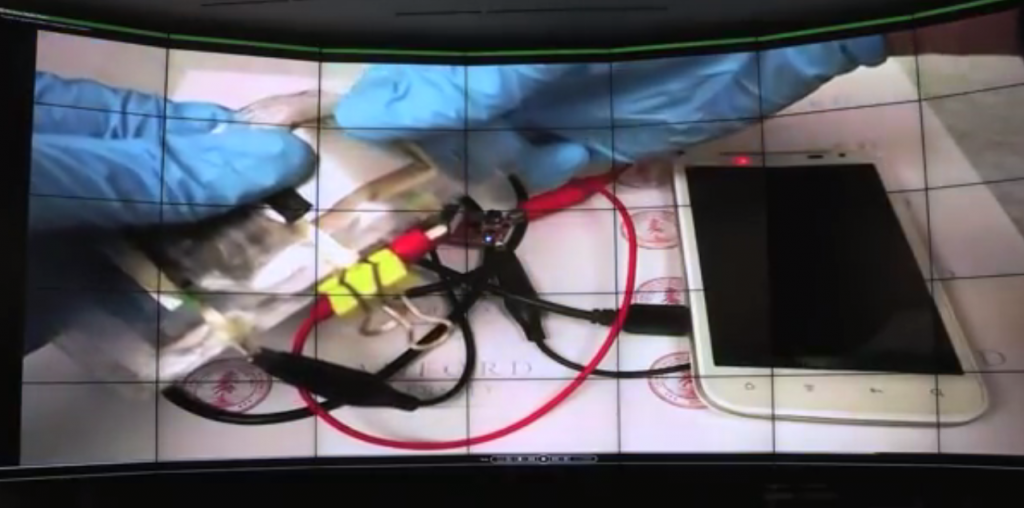
Technology advances at a pace we can hardly keep up with. The old sci-fi movie scenario where you could control everything around by pressing a button, typing a few keystrokes, or swiping a touchpad is no longer the realm of fiction – it’s a reality.
For many people, the demands required to cope with new technological advances is a cause of stress. The complexity of learning to use and make the most out of new technologies often makes people anxious and reluctant to integrate them in their professional and personal lives.
The inevitable question is this: how do we keep up with a constantly evolving world that’s becoming more and more tech-driven?
The answer is simple: we keep evolving, too.
As technology makes giant strides to improve our lives, we should be following its lead. If we want our lives to improve, we need to build the skills necessary for to take advantages of technology.
Build Your Tech Vocabulary
New technologies generally mean new words to learn. You need to understand the words and how to use them in order to be relevant and efficient in communicating with others. Building your vocabulary could help you understand more of the tech-based discourse you’ll find in most fields these days, even those that are not directly based in IT support and development.
Build Your Typing Skills
Keyboard-based devices are becoming more widespread. They already reign over the workplace, and are moving into more areas of the home.
You work on your desktop computer, watch movies on your tablet while commuting back home, and engage on social media through your smartphone while having dinner. Even if your typing skills are fairly weak, you will be still able to perform all these activities – you’ll just end up doing it in a counterintuitive, time-consuming manner.
Learning to touch type more efficiently is one skill that will help you cope better with technologies at home and at work. You will be able to work productively on any keyboard-based device, and do so in less time. This will give you a sense of confidence and sovereignty over your technology. In other words, you’ll rule the device, instead of giving it power over you.
Read More, Read Often
Simply improving your typing skills and related vocabulary won’t suffice, however. There’s still a lot you can do in order to not just cope with technology, but actively leverage it to improve your life.
Start reading a lot of articles, blogs, and books on how new technologies work. Learn what the future could look like if scientists figure out ways to implement affordable technologies in our lives. Be one of the people who are “in the know” when it comes to new developments and new tech trends.
Technology has great potential, and there will always be new ways that it helps businesses grow and flourish. On a personal level, technology can enable people to capitalize on their skills and competencies in order to improve their lives.
Technology makes it possible for us to have responsive organizations: companies that are willing and able to adapt, revisit, and respond to a world that never stops changing and surprising us.
Don’t let technology intimidate you. Embrace its elegant beauty and stunning potential.
Yes, uncertainty and mistakes are part and parcel of using new technologies, but so is exhilaration and efficiency. Instead of running away from technology, try learning to use it. Experience the whole new world it makes available to you and you will soon wonder why on Earth you avoided it before.
Technology will first change how we work, and then the way we live. Just make sure you’re a competent and willing learner of technology, and it will be good to you!











